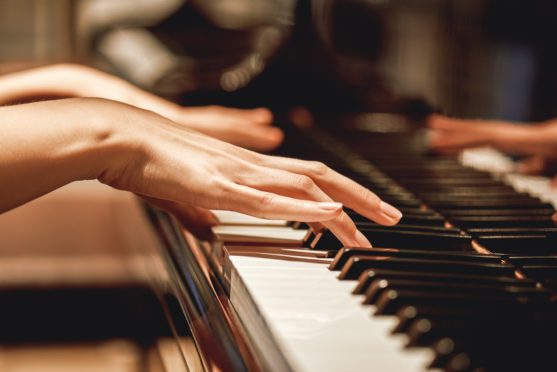
Playing an instrument can stave off ageing, Scottish research has found.
Older people who still like a tinkle on the keys or a riff on the guitar, have mental processes up 25% faster.
Researchers found that musicians – some of whom had only taken it up in retirement – had better abstract reasoning, memory, and were more able to think their way round problems, than non-players.
They suggested that having to sight-read music may keep musicians’ brains nimble.
The study, by Heriot-Watt University, adds weight to campaigns by performers, such as violinist Nicola Benedetti, that a musical education can have a lifelong effect on schoolchildren.
Teachers’ unions have been calling for free music provision in Scottish schools to be protected from budget cuts.
The study found that “learning and playing a musical instrument may be associated with cognitive differences in older age”.
Sixty people aged 60 to 88 years old, half of whom played music, were recruited from around Edinburgh and the north of England, to take a range of tests.
The report added: “There was a significant between-group difference: musicians performed better than non-musicians.”
Musicians’ spatial reasoning scores were almost 25% better. They were quicker at spotting an odd letter and did better in an attention test.

Enjoy the convenience of having The Sunday Post delivered as a digital ePaper straight to your smartphone, tablet or computer.
Subscribe for only £5.49 a month and enjoy all the benefits of the printed paper as a digital replica.
Subscribe